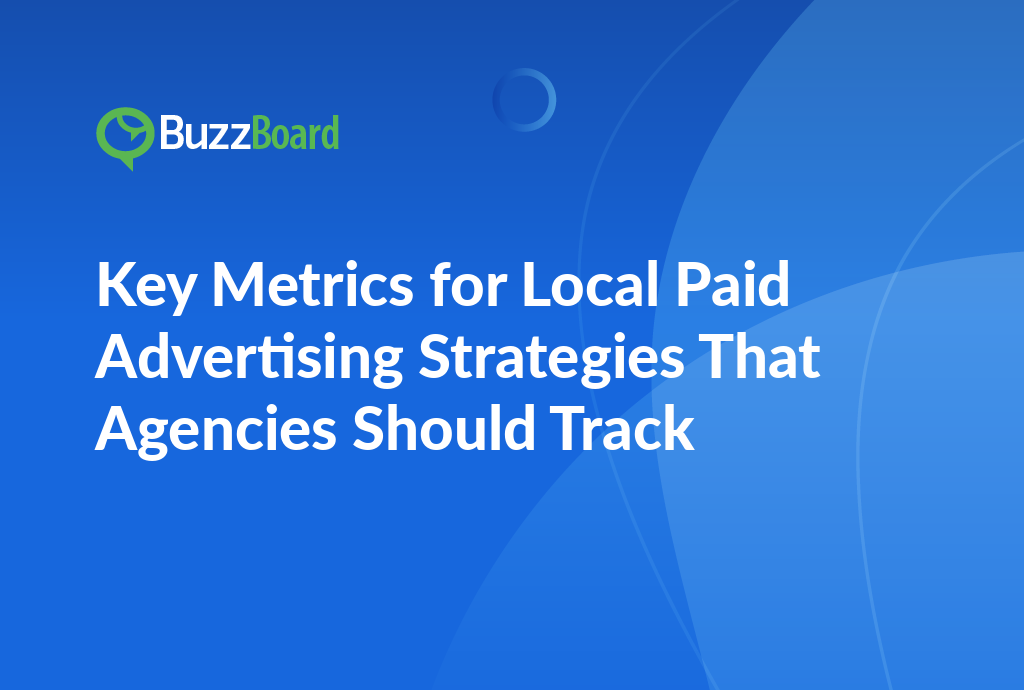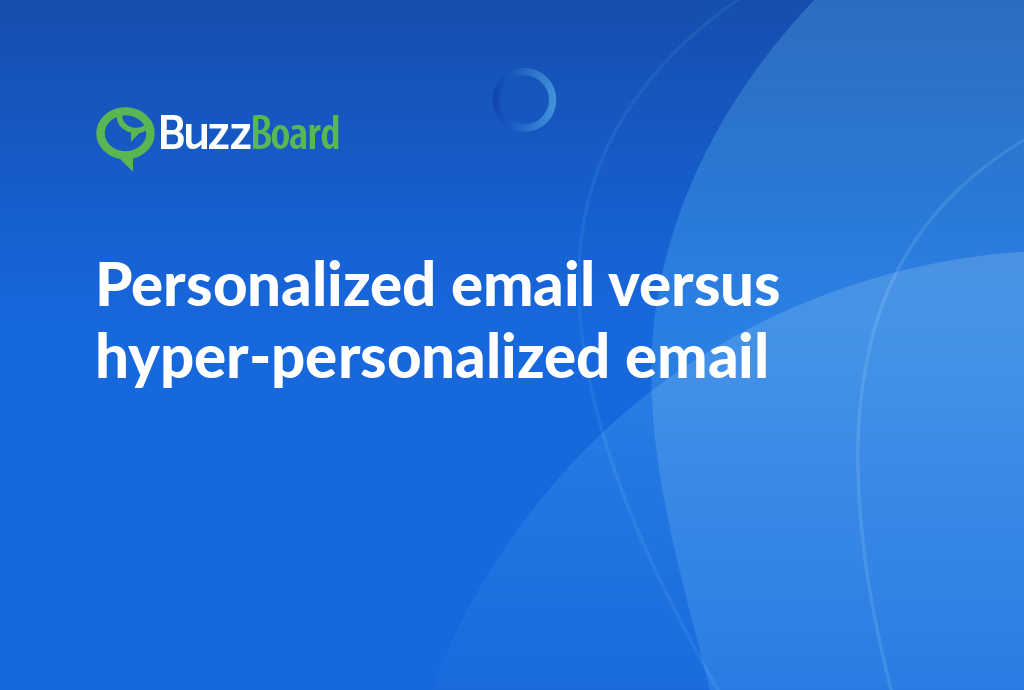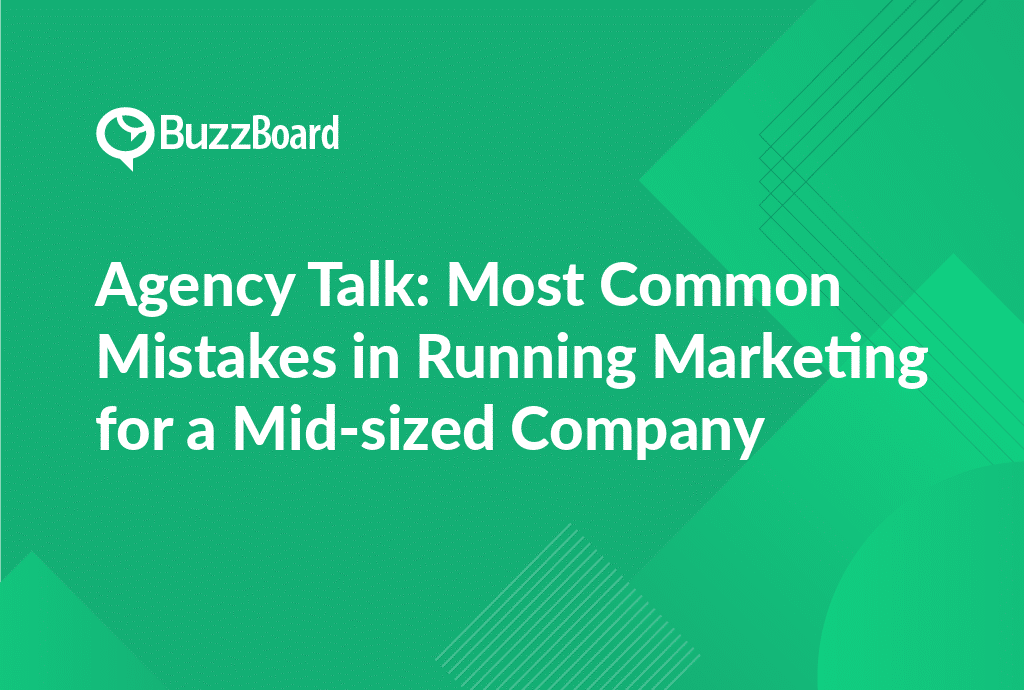Understanding Key Metrics in Local Paid Advertising Strategies to Determine Campaign Success
With the rise of digital marketing, local businesses are looking for solutions that deliver tangible results at affordable prices. Often, local paid advertising strategies emerge as the most effective option. These not only generate higher returns on investment (ROI) but also allow local businesses to reach their target customer base with dedicated messaging.
However, digital marketing agencies must understand that the success of these strategies rests on consistent measurement and optimization. They need to closely monitor key metrics that can indicate the campaign’s success or failure.
Firstly, the click-through rate (CTR) is a fundamental metric. It offers an immediate indication of how appealing your ad is to its intended audience. A high CTR often signifies a successful ad, indicating it resonates with its audience and prompts them to take the desired action.
Secondly, the cost per click (CPC) lets agencies gauge the average financial burden borne by a client for each click on their ads. A lower CPC implies a higher ROI, making it an essential metric for client satisfaction.
Finally, the conversion rate (CRV) demonstrates the percentage of visitors who achieve a particular goal, such as making a purchase or filling out a form. A higher CRV correlates with greater campaign success, building credibility with local business clients.
It’s important to note that while tracking these metrics is crucial, optimizing based on these insights is equally vital. Digital marketers shouldn’t just report these numbers; they should also offer actionable strategies for improvement. This shows their value, enabling them to effectively market their services to local businesses.
In summary, understanding key metrics is essential for success in the digital marketing landscape. Learn, monitor, optimize, and thrive!
How Digital Marketing Agencies Can Guide Their Local Business Clients Through Effective Local Paid Advertising Strategies
As digital marketing agencies, we understand the intricate details of developing successful local paid advertising strategies. However, for local business clients—these strategies can often seem like a maze of unfamiliar terminologies and concepts, far removed from their everyday business transactions. This is where we come into play, acting as guides on their digital journey, helping to demystify these complex strategies for our clients.
The strength of local paid advertising lies in its ability for precise targeting, consequently enabling local businesses to reach relevant audiences. While formulating an effective campaign, it’s crucial to take into account the business’s unique selling proposition, customer demographics, and specific geographic markets they wish to target.
The subsequent step encompasses setting key metrics to evaluate campaign success. These metrics could range from tracking leads, website visits, conversions, or social media engagement. By enlightening our local business clients about how these key metrics reflect their business growth, we bring clarity to the seemingly intricate world of digital marketing. The success of a campaign is hinged not just on creation and execution, but also on measurement, optimization, and readjustment to augment ROI.
In addition to our responsibilities, retaining transparency throughout the processes is paramount. Elucidating shifts in budget allocation, changes in strategies due to market fluctuations or performance, and presenting tangible results all contribute to maintaining a clear and trustable relationship with the clients.
Keep in mind, each local business client could be at a different stage on their digital marketing journey. Some might need a comprehensive overview, while others might prefer diving into fine details. You must adapt your communications effectively to suit every client’s needs.
Now, your next step is to share these insights with your local business clients—you may become their most trusted ally in the digital realm. Your role in their digital journey extends beyond marketing; you are educators, illuminators, and guides. You are their bridge to the digital world. Sharing your knowledge ensures their growth—and yours too.
Importance of Measurement and Optimization in Local Paid Advertising—Crucial Metrics Agencies Should Focus On
In the digital marketing era, effective local paid advertising strategies can spell the difference between a thriving and a struggling business. As digital marketing agencies, convincing local business clients of the advantages of investment in advertising, and supporting them in measuring and fine-tuning their campaigns for success, is part of our role.
A major hurdle local businesses often encounter is figuring out their return on advertising investment. Herein lies the significance of measurement. By tracking key metrics such as impressions (the number of ad views), clicks (the number of ad interactions), and conversions (instances where a click leads to a desirable outcome, like a purchase or signup), agencies can furnish undeniable proof of a campaign’s success.
Moreover, measurement provides a basis for informed optimization. Simply put, agencies can use the data from these measurements to identify areas for improvement. For example, ads may be garnering a significant number of impressions but few clicks, indicating they are not engaging enough for viewers.
Optimization strategies may include refining an ad’s headline, modifying targeting settings, or testing various call-to-action (CTA) buttons. Gaining insight into these performance metrics can establish an agency’s foundation and deliver priceless insights that can shape effective advertising strategies.
Creating a successful local paid advertising campaign is not a uniform process. It entails continuous monitoring, measurement, and optimization—tasks that many local business clients may consider daunting.
Remember, today’s digital landscape is constantly changing. Persistent learning and adaptation are key. So spare some time to keep abreast of the latest trends in local paid advertising.
Unlocking Success in Local Paid Advertising Campaigns: Focusing on Key Metrics and Optimization
Local paid advertising strategies offer a significant opportunity for digital marketing agencies to stimulate growth for their local business clients. While simply initiating a strategy opens doors, the crux of campaign success lies in careful measurement and optimization.
Digital marketing is a dynamic world. There are key metrics available to evaluate and influence campaign performance, including impression share, click-through rates (CTR), and cost per acquisition (CPA).
Impression share highlights the visibility of your ads, conveying an overview of your reach within the local market. A declining impression share could prompt you to reassess your bids, fine-tune your targeting, or expand your budget. This crucial data point is essential in optimizing any advertising strategy.
CTR measures ad engagement. Potential local business clients frequently inquire about how engaging their ads will be. A high CTR is evidence of robust ad engagement and reflects the effectiveness of the content and relevance of your ads.
Finally, CPA paints a clear picture of the monetary impact of your advertising efforts. It sheds light on the return on investment of advertising expenditure, highlighting the dollar value each campaign brings.
Consistently tracking and analyzing these key metrics can lead to gradual improvements in campaign optimization. By interpreting these components for your local business clients, you are illuminating the pathway to business growth, demonstrating the value that your agency provides, and establishing enduring relationships.
It is worth considering that local paid advertising does not operate in a vacuum. It requires a comprehensive understanding of SEO, Social Media Marketing, and other elements of the wider digital marketing landscape.
At day’s end, successfully selling your services to small businesses comes down to delivering value and performance. Equip your sales team with an exhaustive understanding of these advertising metrics to effectively meet the needs of small businesses.
Achieving Local Business Success Through Tailored Paid Advertising Strategies
The landscape of digital marketing has rapidly evolved, significantly heightening the importance of local paid advertising. A localized approach to advertising empowers businesses to penetrate their target markets more effectively. However, the success of using local paid advertising strategies primarily lies in aligning these strategies with the objectives of local businesses.
Working with local business clients often entails understanding unique market dynamics, customer behaviors, and business goals. This understanding is vital for determining the key metrics reflecting the campaign’s success. These metrics can include engagement rates, cost per lead (CPL), and overall return on ad spend (ROAS). Moreover, granular measurements like website traffic originating from a specific locality or conversion rates afford invaluable insights into the campaign’s effectiveness and areas for improvement.
However, it’s crucial to note that not every metric is relevant to every business. For instance, a restaurant owner might consider the number of coupon redemptions a critical metric, while a local gym may focus on new membership sign-ups. Importantly, these key metrics should align directly with the local business’s goals, and should not be standardized across all clients.
Regarding optimization, the insights gained from your chosen metrics should inform adjustments to the campaigns. Utilizing data-driven insights to fine-tune advertising strategies is key to improving efficiency and accomplishing campaign goals. But it’s not just about measuring the present – use these metrics to anticipate future trends and opportunities, which can prove invaluable for local businesses.
Remember, successful local paid advertising transcends generic strategies and approaches. Select metrics that align with your clients’ objectives and aim to drive tangible results that resonate with their business goals.









